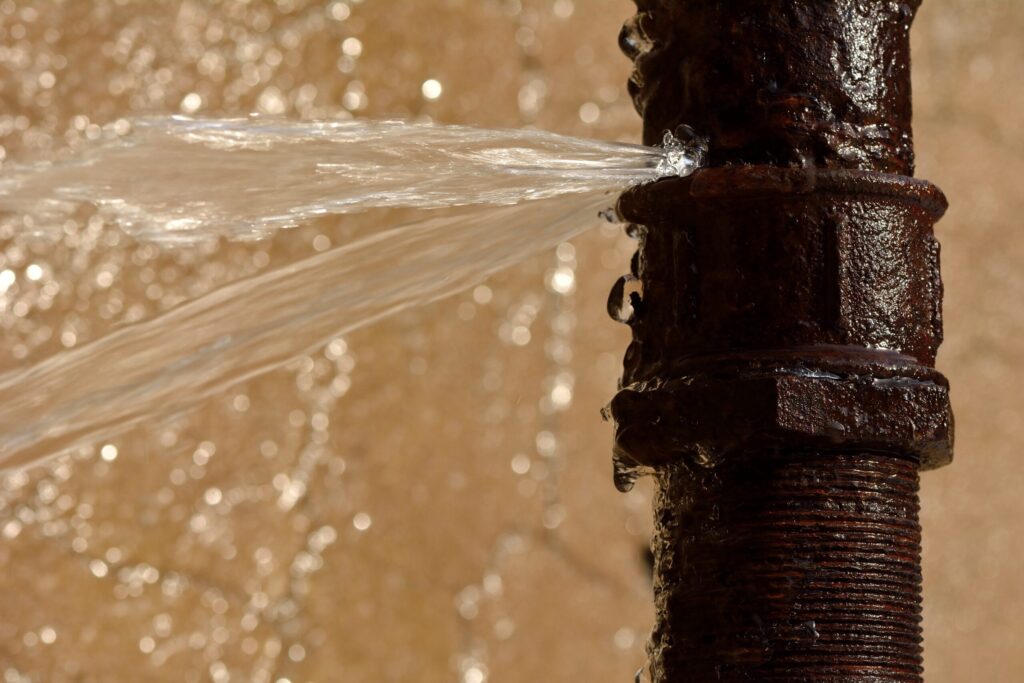Acknowledging the presence of plumbing leaks holds immense importance in maintaining a functional and efficient plumbing system within residential or commercial properties. By promptly recognizing and addressing these leaks, individuals can prevent potential damages, reduce water waste, and ensure the overall well-being of their property. Knowing when to seek the assistance of a professional plumber is crucial in effectively managing plumbing leaks. Certain situations require the expertise and experience of a skilled plumber to ensure effective resolution of the issue.
Visible Signs
One prominent indication of a plumbing leak is the presence of dripping or pooling water. Whether it is a faucet that won’t stop dripping or water accumulating in unexpected areas, such as under sinks or near plumbing fixtures, these visible signs should not be ignored. Dripping water not only wastes a precious resource but also points to an underlying plumbing issue that requires attention.
Water stains or discoloration on walls, ceilings, or floors can be a clear indication of plumbing leaks. These unsightly marks often manifest as yellow or brownish patches, signaling water infiltration. Such stains may indicate leaks in pipes hidden within the structure or behind walls.
The presence of mold or mildew growth is another visible sign that should raise concerns about potential plumbing leaks. Mold and mildew thrive in moist environments, indicating excess moisture caused by plumbing issues. These fungal growths not only contribute to unpleasant odors and aesthetic concerns but can also pose health risks.
Peeling or bubbling paint or wallpaper can be attributed to the presence of moisture resulting from plumbing leaks. As water infiltrates the walls or seeps through damaged pipes, it can cause the paint or wallpaper to lose adhesion, leading to visible defects. Ignoring these signs may exacerbate the problem, potentially requiring more extensive repairs in the future.
Odor-Related Signs
One significant indication of a plumbing leak is the presence of a musty or damp smell. This smell is a result of mold and mildew growth, which can pose health risks and contribute to structural damage if left unaddressed.
Another distinctive sign of a plumbing leak is the detection of a sewage-like odor. This unpleasant smell is typically associated with leaks in sewer lines or drain pipes. When there is a crack or break in these components, sewage gases can escape and permeate the surrounding area, causing a foul smell.
A foul or rotten smell can also indicate a plumbing leak. This odor may arise from stagnant water or organic matter that has accumulated due to a leak or blockage in the plumbing system. The decomposition of waste or debris can produce a pungent odor, which should not be ignored.
Water Pressure and Temperature Issues
A common sign of a plumbing leak is decreased water pressure. This issue can also be caused by factors such as clogged pipes, mineral deposits, or problems with the main water supply. Reduced water pressure can significantly impact daily activities, affecting tasks like showering, dishwashing, or watering the garden.
Fluctuating water temperature is another prevalent sign of a plumbing leak that can disrupt comfort and convenience within a property. This inconsistency can make tasks like showering uncomfortable and increase the risk of scalding or freezing.
Inconsistent flow in faucets or showerheads is a frustrating and inconvenient indication of a plumbing leak. Mineral deposits, pipe blockages, or faulty valves can contribute to this problem. It leads to inefficient water usage, longer task completion times, and overall dissatisfaction with the performance of the plumbing system.
Unusual Sounds
One of the signs indicating potential plumbing leaks is the presence of constant dripping or running water noises. These sounds can often be heard when there is a leak in a pipe or fixture, causing water to escape and create an audible disturbance.
Gurgling or bubbling sounds within the plumbing system can be indicative of underlying issues. These noises can occur when there is a blockage or clog in the pipes, causing air to be trapped and released irregularly. Such sounds may be present in drains, toilets, or sinks and should not be ignored.
The occurrence of knocking or banging sounds in pipes should not be disregarded, as they can signify problems within the plumbing system. These sounds are often caused by water hammer, a phenomenon where the flow of water is suddenly halted or redirected, resulting in the pipes vibrating or hitting against other surfaces. Water hammer can potentially lead to pipe damage, joint loosening, and even pipe bursts if not resolved.
Foundation or Structural Issues
Foundation or structural issues can often serve as crucial signs of potential plumbing leaks within a building. Recognizing these indicators is essential for property owners and occupants as it allows them to take proactive measures to address plumbing problems promptly. Two significant indications of plumbing leaks that may lead to foundation or structural issues are cracks in walls or flooring and sagging or warped ceilings.
The presence of cracks in walls or flooring can suggest plumbing leaks. When pipes within the walls or beneath the flooring develop leaks, the water can seep into the surrounding materials, causing them to expand, contract, or weaken over time. This can lead to visible cracks appearing on the walls or flooring surfaces.
Sagging or warped ceilings can also be indicative of plumbing leaks. When there is a leak in the plumbing system located above a ceiling, water can accumulate and saturate the ceiling materials. Over time, this moisture absorption can cause the ceiling to sag or warp, altering its original shape. Identifying such changes in the ceiling’s appearance is essential, as it signifies a potential plumbing leak that should be addressed promptly to prevent further structural damage.
A Noticeable Difference on Your Water Bill
A sudden spike in water bills and an unexplained rise in water consumption are clear indicators that there could be a significant plumbing issue in your property, such as a hidden leak. These leaks can occur anywhere within your plumbing system, including from the pipes running through your walls, beneath your floors, or even underground leading to your home from the main water line.
When you see a sudden increase in your water bill, it’s crucial to first rule out other possibilities. For example, have you been using more water than usual? Maybe you’ve filled a swimming pool, or you’ve been watering a new lawn more frequently? Has there been a rate increase from your water provider that you weren’t aware of? If these situations don’t apply to you, then it’s time to be suspicious of a plumbing leak.
An unexplained rise in water consumption is another warning sign of a potential leak. If you haven’t changed your water usage habits significantly but are observing a consistent increase in your water consumption over some time, water is likely escaping somewhere in your plumbing system.
Contact Us Today!
[company_name] in Boise, Idaho provides water heaters, piping, and kitchen plumbing for your home. Our friendly team also provides services for lighting, smoke detectors, and carbon monoxide detectors. Contact [company_name] for more information today!


